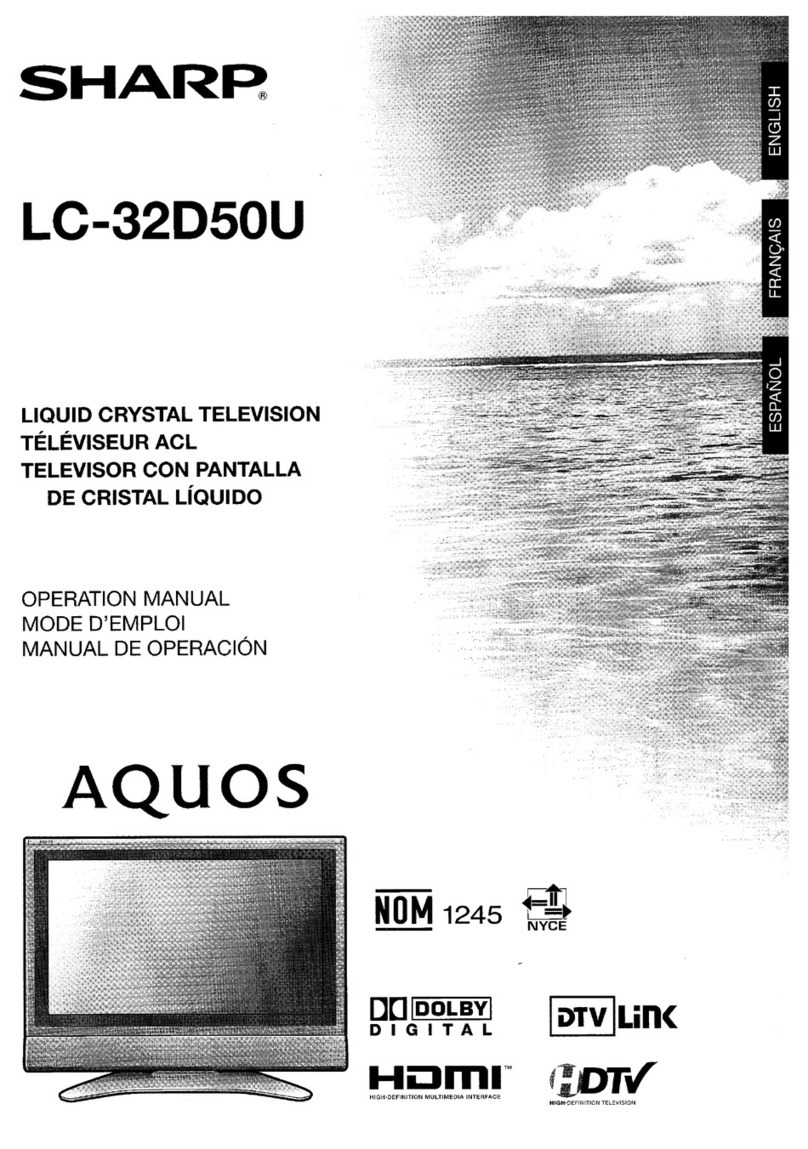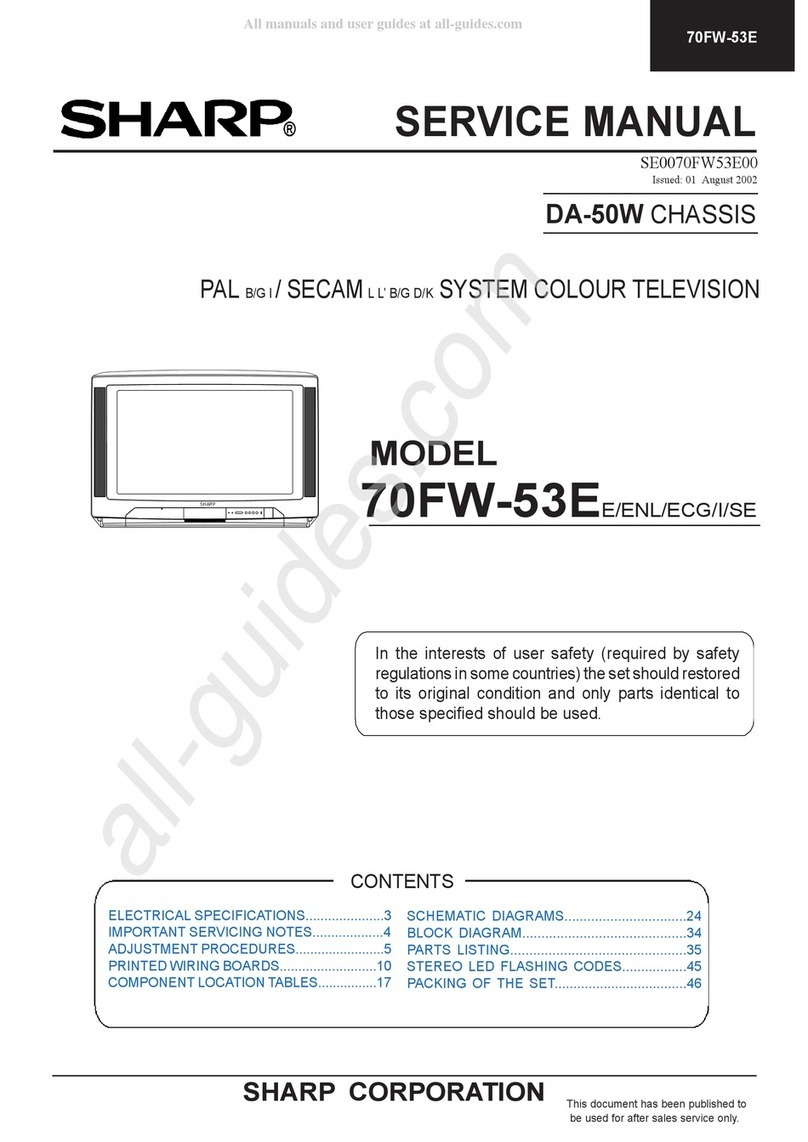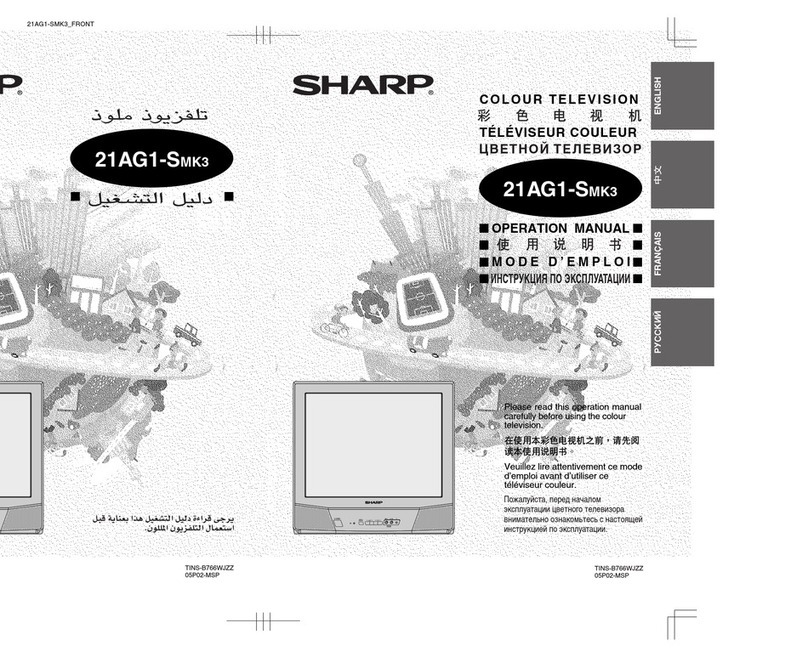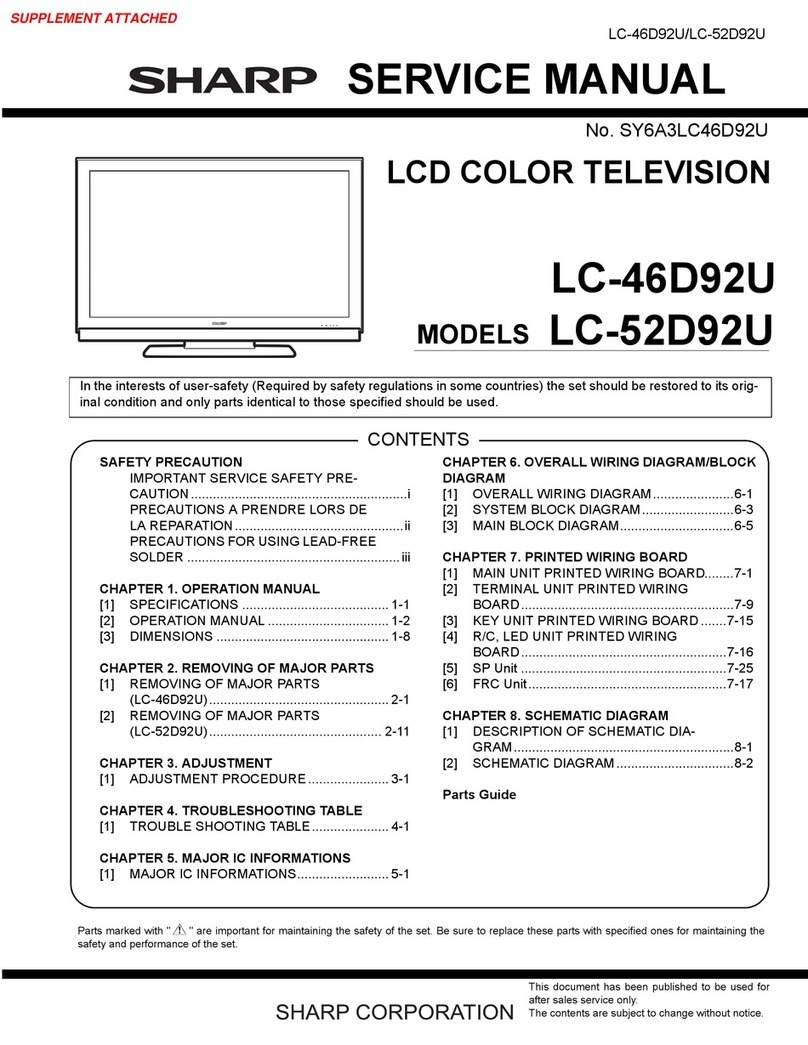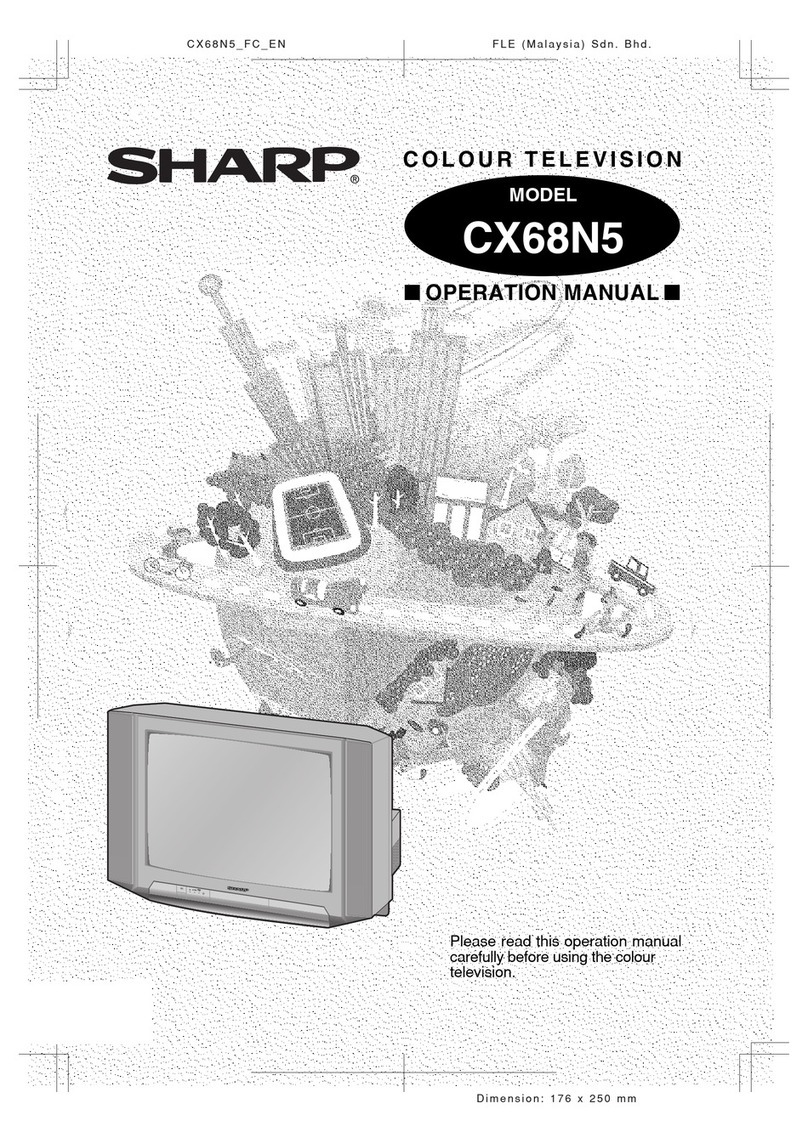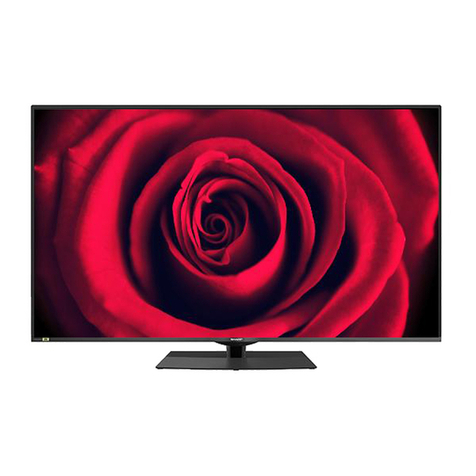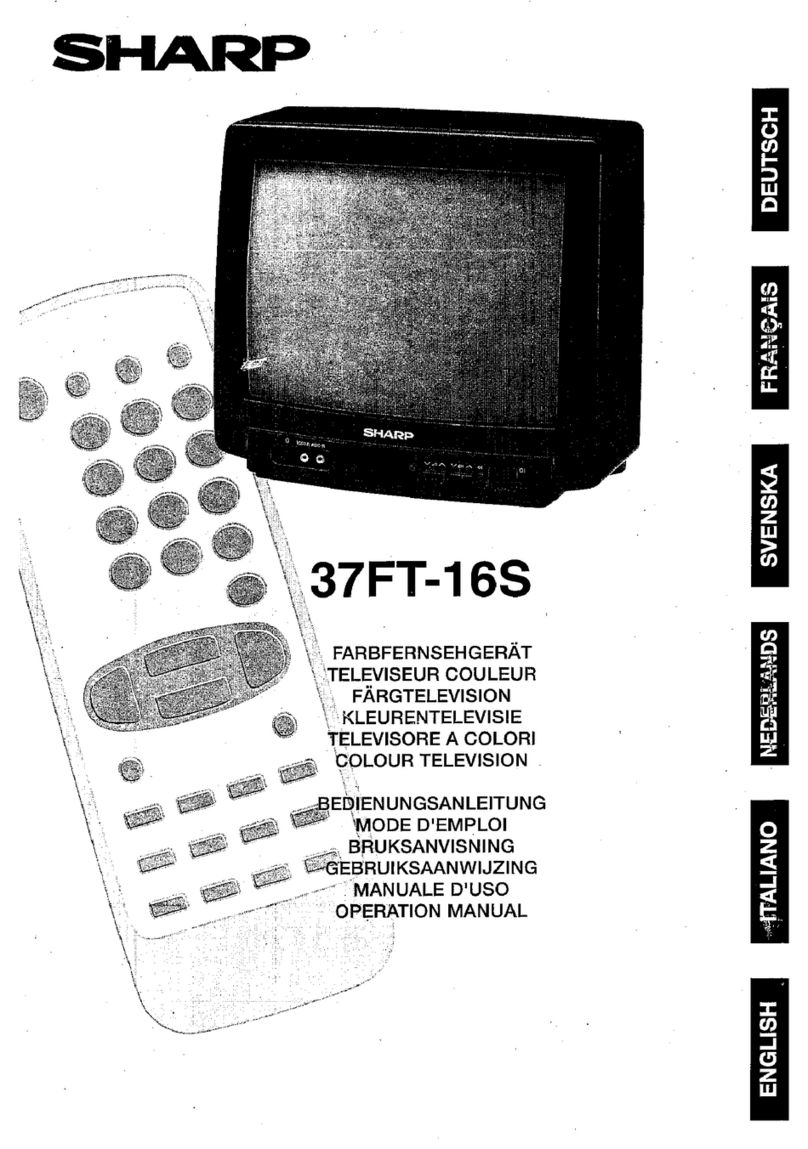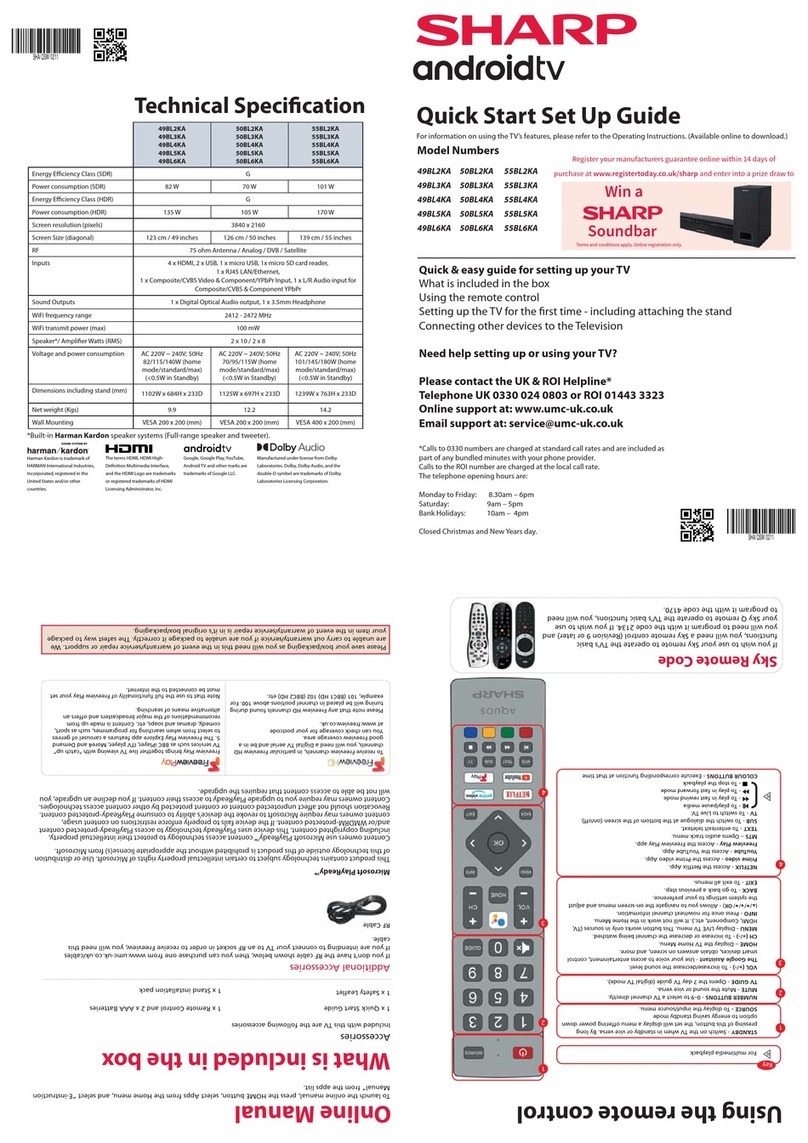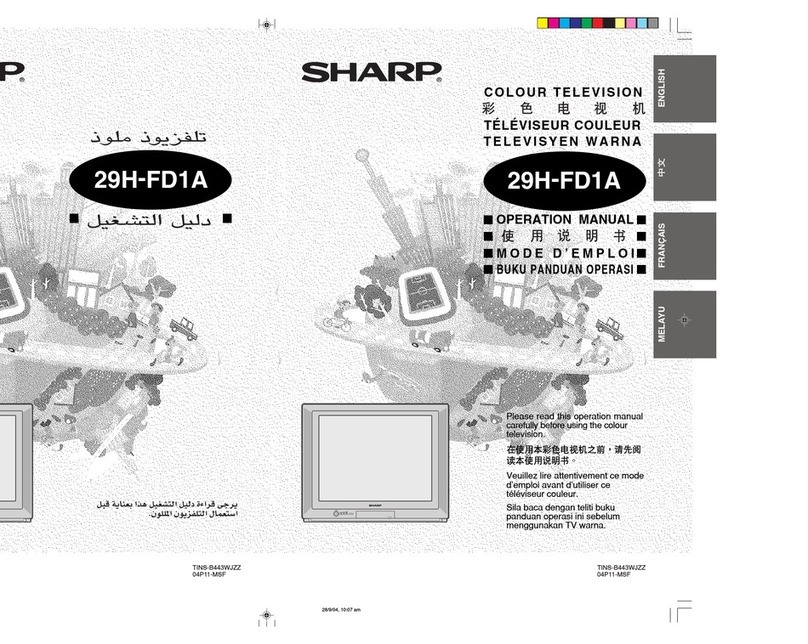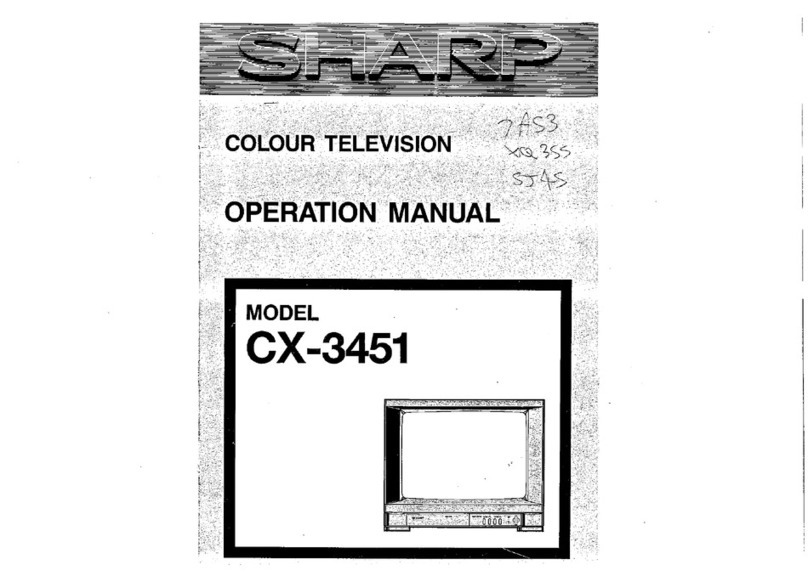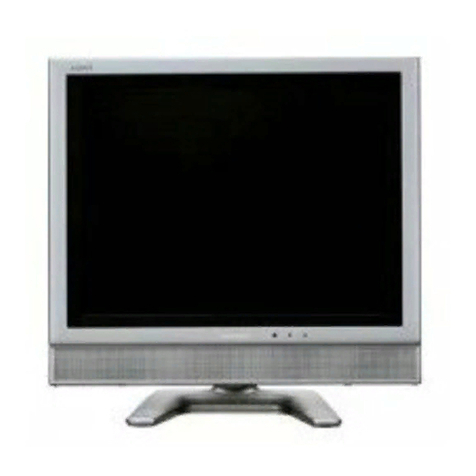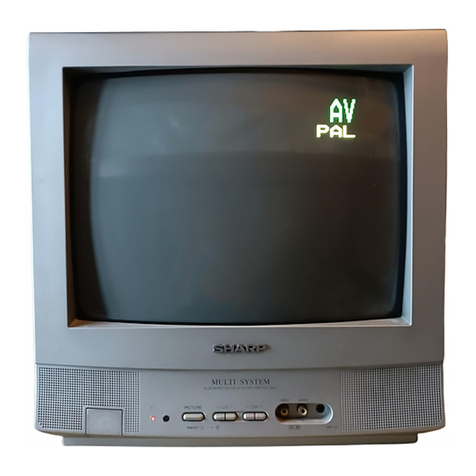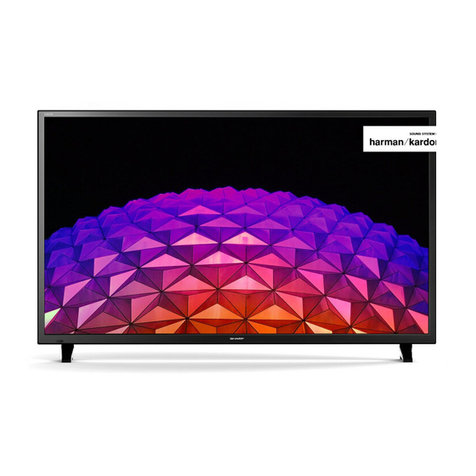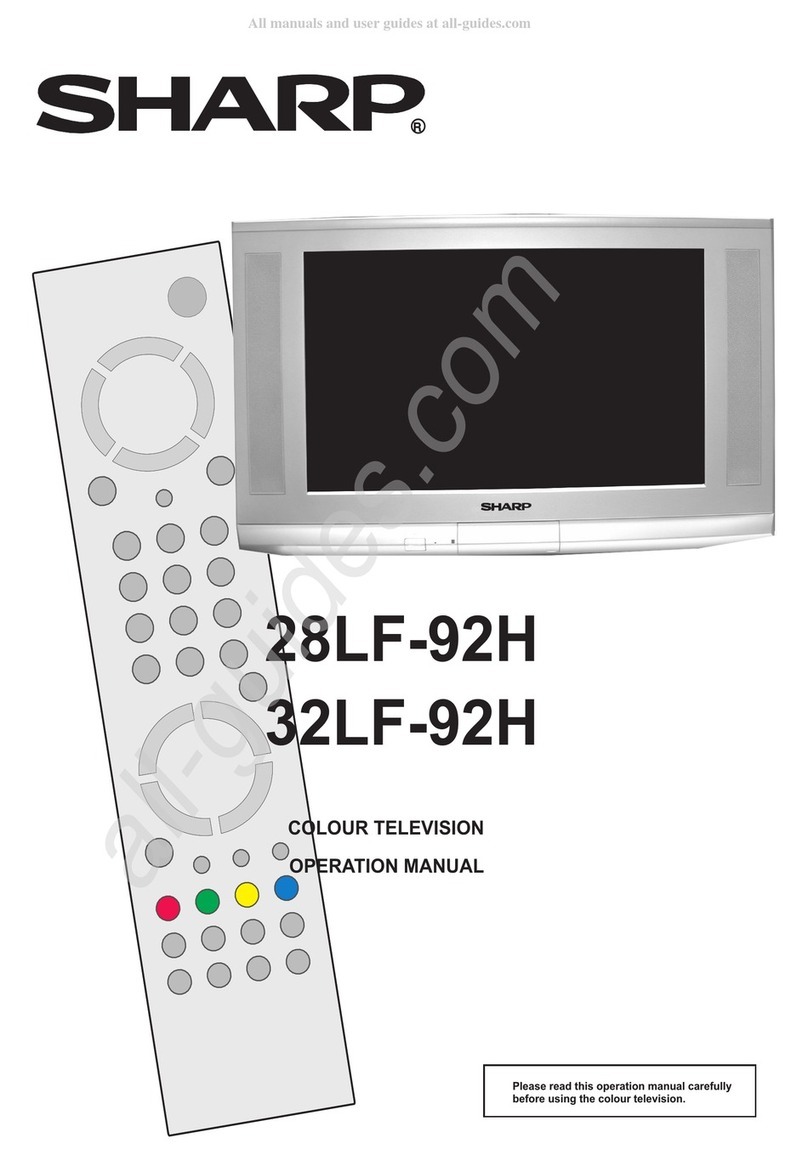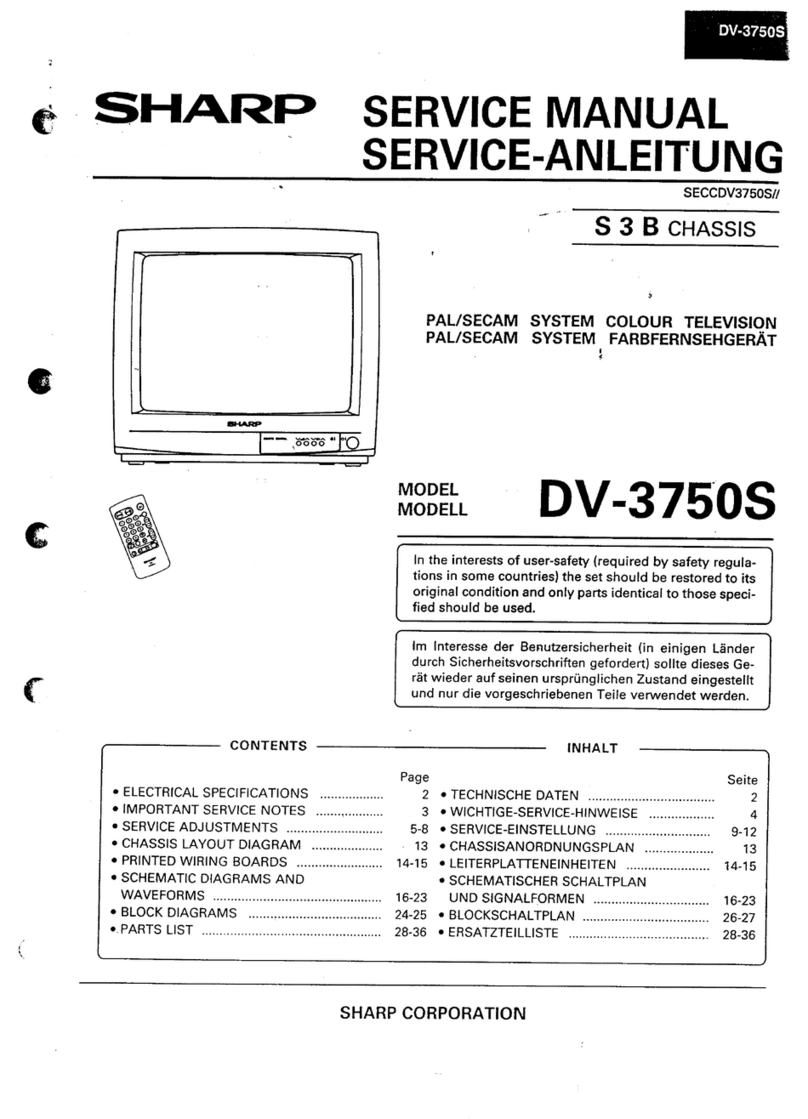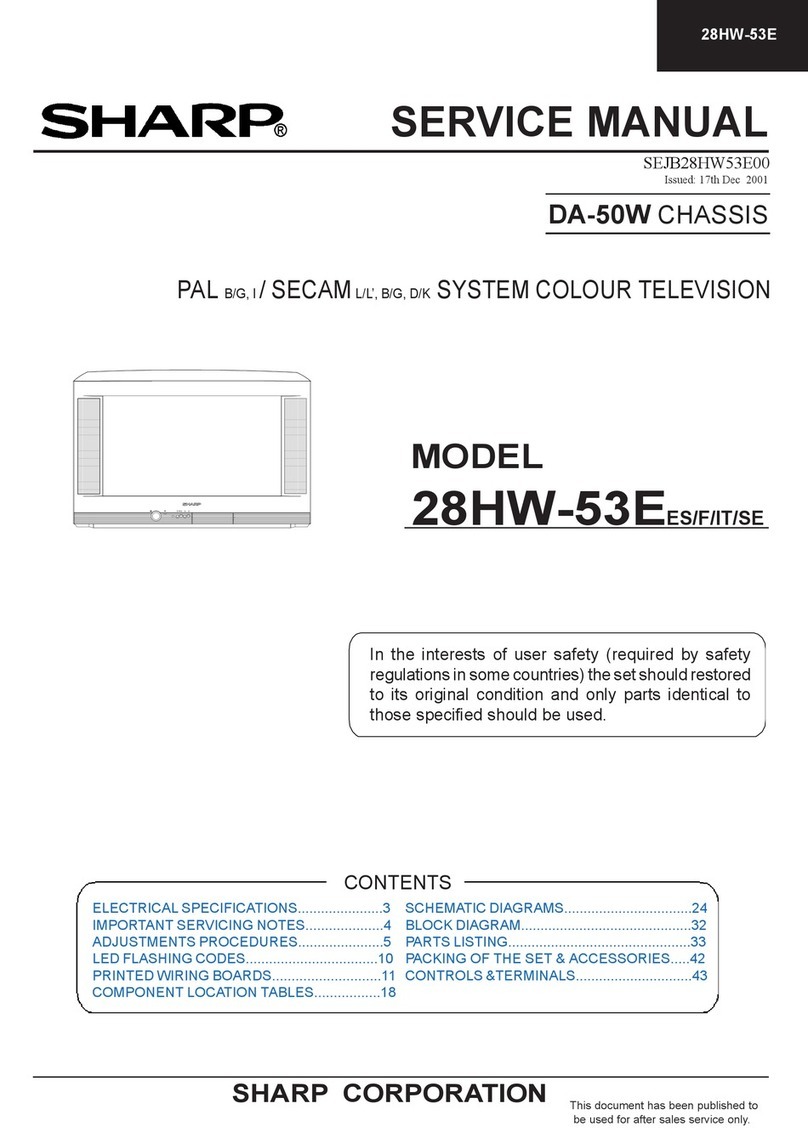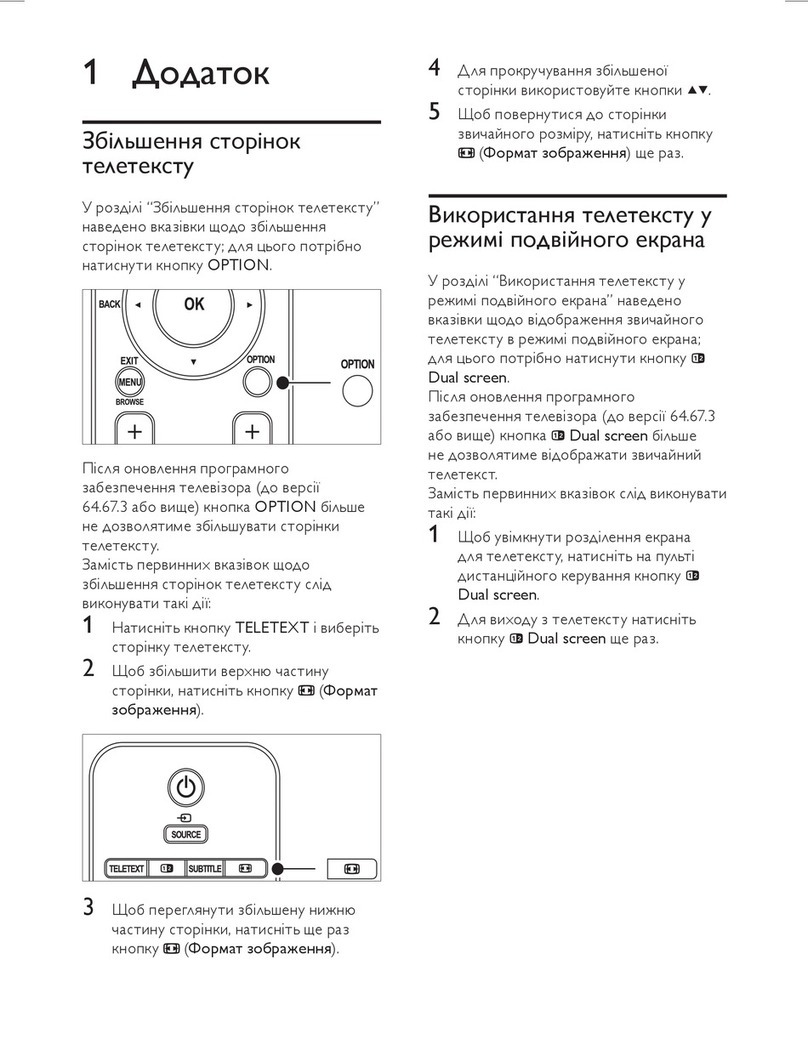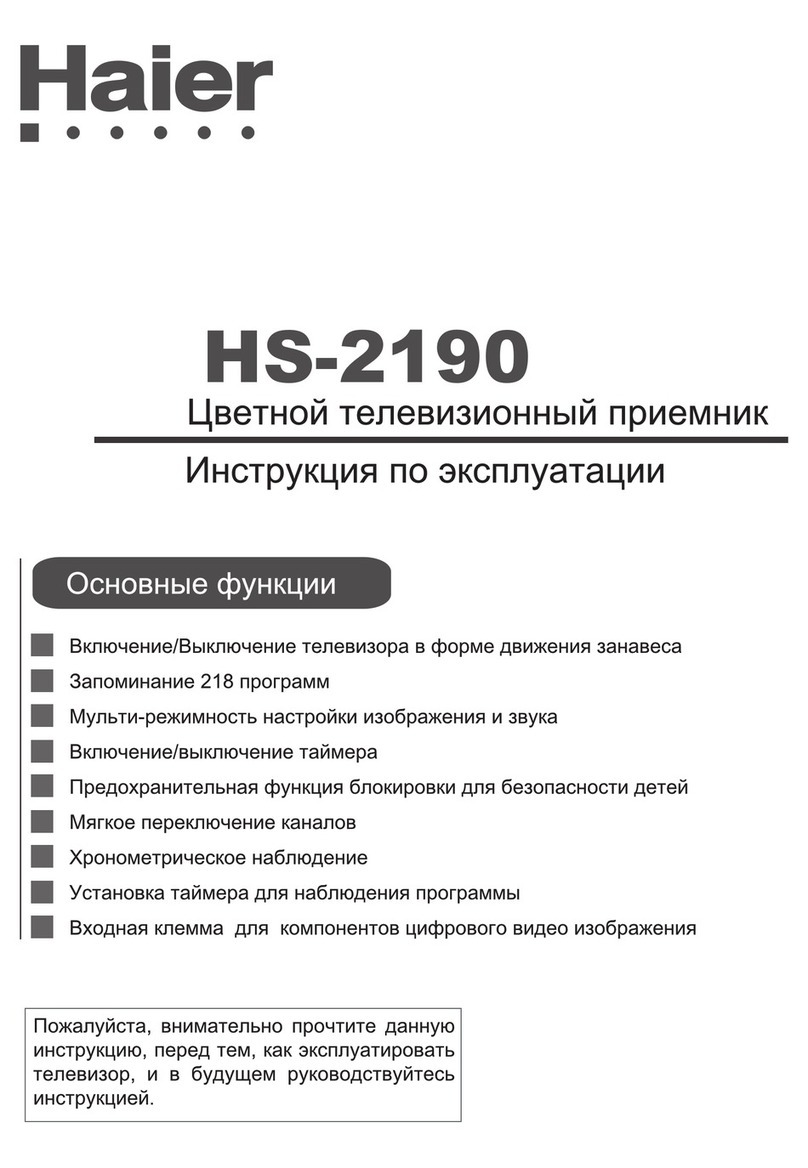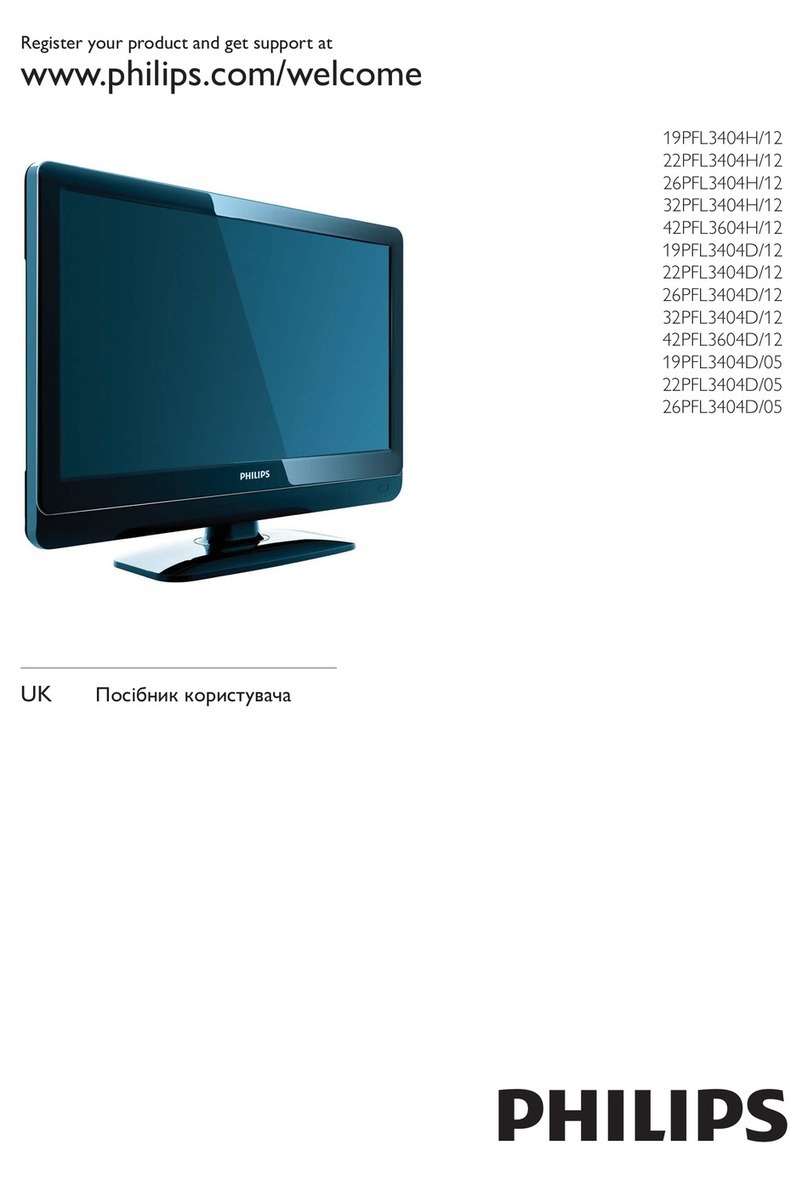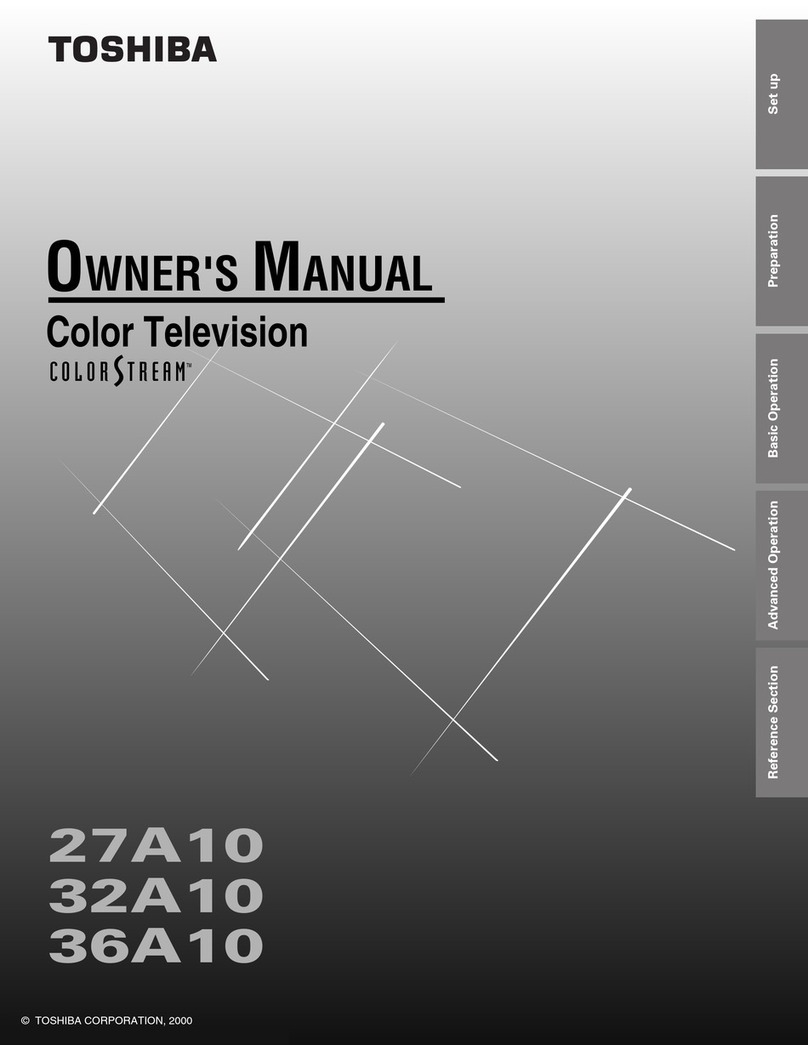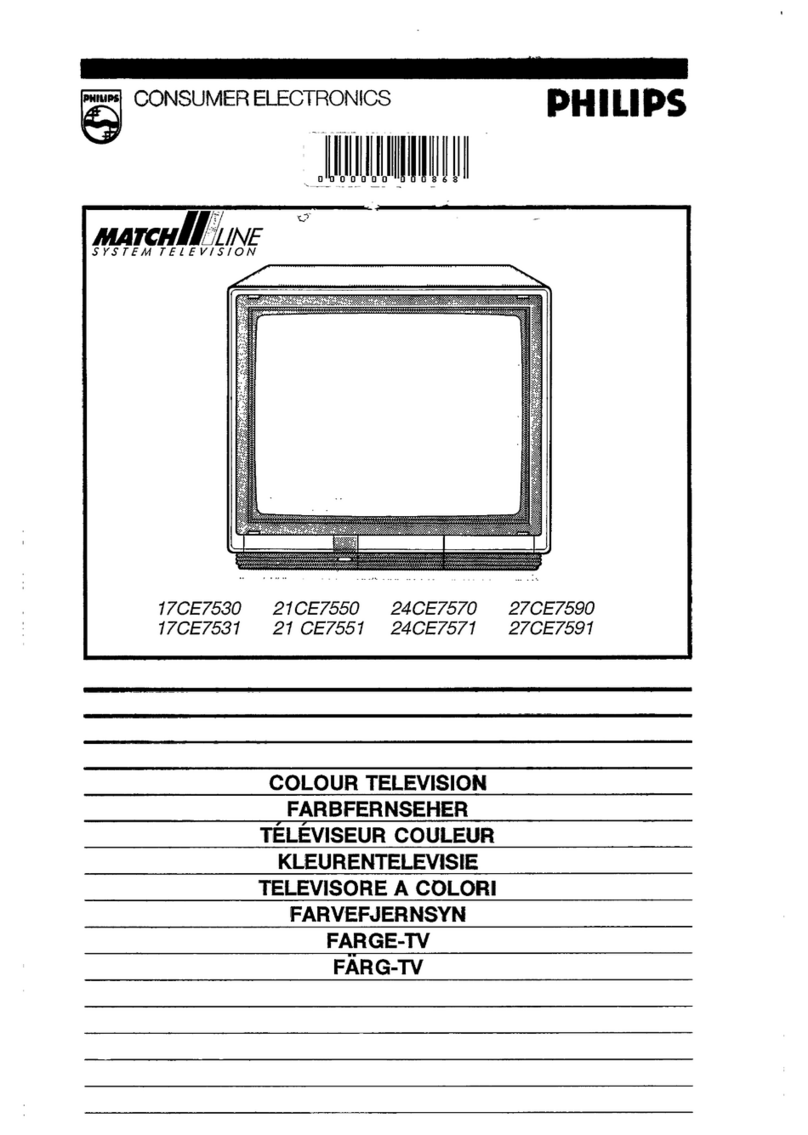(2)'
itt/\
f:Wd~l1Iil~:I*~at
,EEPROM.ti¥J~:tJl:1~~OOH£03Hi¥J~tfJ~·ff#l;'Fic.tl.~
'Ji
ep
0
i!1J*JJ::
J'&:fJi5:t'Nir
-ric.!lt~~*,
&p*-r
:ttfiJT7f;~*ittrrEEPROMi¥J*mf:l1li¥J~£!o
!.Iii'"}
i)l:~:r;j
13
1£
m.
~lbF
P"l
@: IC
~jj§i)l:~
ml<i1fJI
a
f*~iJIil~:liI:~
1
~.Li:iJIil"P
CUTOFF BKGD
..
."
2
jjj;KtII11l:(50Hz)iJIil"P
iV-AMPS PDC V-AMPLITUDE 50
3
jjj;K~tt&(50Hz)iJIill'J
i
V-L1NS
PDC V-LINEARITY 18
4jjj;Kl'iiltFtltiE V-SCORS POC
V-So
CORRECTION 10
5¥
K.f§t'L
(50Hz)
iJIill'J
V-PHS5 VCD1 V·PHASE 7
5
7l<'f.f§t'L(50HzliJlil1'J
H-PHS5 vcoi H-PHASE 15
7
7l<'fR"i"(50HzliJlil1'J
' H-SIZE5 PoC H-SIZE 40
8
EWWltmiliiiJliJ1'J
EJWPAR PoC EW-PARABOLA 35
9¥K-\li;ffi IV-BIAS
poc
V-BIAS 7
10 jjj;K- Stl'ljE
v-j
COR PDC V-JCORRECTION 15
11
EW:I1i$iJIill'J
EJWCOR PDC EW-eORNER 5
12
jj#~$\:Jt
TRAPE POC TRAPEZIUM 25
13
jjj;K*H~
V-COM POC V-COMPENSAnON 5
14
7l<'f*~
H-COM PDC H-COMPENSATION
7'
15
9l.
~!I!rBi:~iJIill'J
SCM BELL SECAM BELL FILTER 120
15
SECAM$Jil.:,tt'@.:JIC&iJIill'J
SCM R-Y SECAM R-Y 8
17
SECAM$Jil.:ilii:'@.:JIC&iJIill'J
SCM B-Y ISECAM B-Y 8
18
SECAM$Jil.::il'S)iH!/tPiJliJl'J
ISCM GP !SECAM SGP a
19
SECAM$Jil.:'@.!.tArr
SCMATT SECAM C-ATT 0
20
SECAM$]
il.:imJIJi)l:~
SCM 10 SECAM lo-SENS a
21
iJlJi'~~'@.i)l:~
FLESH Ivcot FLESH 1
22
SRT:liI:~ill:~
SRT-MD vco- SRT-MD aI
23 s'@.liIimfirBi:"e.'f WPoL VC01 WPoL 1
24
s'@.liIi11l:firBi:"e.l)if
WPOC vcoi WP-oET a
25
g:JIC&~'@.i)l:~
HIBRT VCDl HI-BRT 1
25 I
:ll1:&-)'
iJliJl'J
iY-GMMA VC01 Y-y 1
27
~
'@.-)'
iJIill'J
C-GMMA vee- COLOUR- Y 2
28
~'@.!'Itil'bTJ31iJl:~
CoE vee- CoE 1
29
GP.f§t'LiJliJl'J
GP-PHS vco- GP-PHS a
30
,tt'@.:JIC&.f§t'LiJIil1'J
RY-PHS VCD1 R-Y PHASE 1
31
,tt'@.:JICJ31.f§t'LiJIil1'J
(~TSC$lJil.:)
RY-PHSNT VC01 R-Y PHASE 1
32
tr.'@.:JIC&~~jf,ij1'J
RY-GAIN VC01 R·Y GAIN a
33
!If<'@.:JIC&~~iJliJ1'J
GY-GAIN VCDl G-YGAIN 2
34 P
/N-iJl,j]IJ
~
lli:&i)l:~
PN-Io VCD1
PIN-Io
1
35
:JIC&~J8iJ1ill'J
y-oLY VC01 Y-DLY a
36
VM.f§t'LiJiIill'J
VM-PHS VC01 VM-PHS 0
37
j.jtFm~iJiIill'J
STRAC VCD1 S-TRAC 1
38
7l<'jl-~xH!/tPiJIill'J
HBLK VCb1 H-BLK a
39
DC~t'L!i1:iJiIill'J
oCT-P vcoi oC-TRNS POINT 2
40
DC~t'L~iJIill'J
oCT-R VC01 DC-TRNS RATE 5
41
DC~t'LIlUJiJ/l!l'J
DCT-L VC01 oC-TRNS LIMIT a
42
B.S.PIll!t'L
BSPL VCD1 B.S.P.LIMIT 0
43 B.S.t'LJll BSP1 VCD1 B.S. POINTl 5
44 B.S.t'Ljl2 BSP2 vco- B.S.POINT2 5
(lI)
(2) • In going to the service mode, read the data at addresses
OOH
thru 03H on the EEPROM. If the data is different
from the one below, initialize the EEPROM as follows.
00H:50H 01H:80H 02H:30H 04H:13H
[Adjusting items]
No. Selling item On-screen display IC Data setting Initial value
0SERVICE MODE
1CUT OFF ADJ.
CUTOFF
BKGD XX
2V-AMPLITUDE (50Hz) ADJ. V-AMP5 PDC V-AMPLITUDE 60
3VLlNEARITY (50Hz) ADJ. V-L1N5 PDC V-LINEARITY 18
4 V-S CORRECTION (50Hz) ADJ. V-S COR5 PDC V-S CORRECTION 10
5V-PHASE (50Hz) ADJ. V-PHS5 VCD1 V-PHASE 7
6H-PHASE (50Hz) ADJ. H-PHS5 VCD1 H-PHASE 16
7H-SIZE (50Hz) ADJ. H-SIZE5 PDC H-SIZE 40
8EW-PARABOLAADJ. E/W PAR PDC EW-PARABOLA 35
9 V-BIAS V-VIAS PDC V-BIAS 7
10 V-JCORRECTION V-JCOR PDC V-JCORRECTION 15
11 EW-CORNER ADJ.
E/WCOR
PDC EW-CORNER 5
12
TRAPEZIUM
TRAPE PDC TRAPEZIUM 25
13 V-COMPENSATION V-COM PDC V-COMPENSATION 5
14 H-COMPENSATION H-COM PDC H-COMPENSATION 7
15 BELL FILTER ADJ. SCM BELL SECAM BELL FILTER 120
16 SECAM R-Y ADJ. SCM R-Y
SECAM
R-Y 8
17
SECAM
B-Y ADJ. SCM B-Y
SECAM
B-Y 8
18
SECAM
GATE PULSE ADJ.
SCMGP
SECAM SGP 0
19 SECAM
CHROMA
ATT
SCMATT
SECAM C-ATT 0
20 SECAM ID SETTING SCM ID SECAM ID-SENS 0
21 FLESH
COLOUR
SETTING FLESH VCD1 FLESH 1
22 SRT MODE SETTING SRT-MD VCD1 SRT-MD 0
23 WHITE
PEEK
DETECT LEVEL WPDL VCD1
WPDL
1
24 WHITE
PEEK
DETECT CURRENT WPDC VCD1 WP-DET 0
25 HI-BRIGHT
COLOUR
SETTING HIBRT VCD1 HI-BRT 1
26 Y-YADJ. Y-GMMA VCD1 Y-y 1
27
COLOUR-y
ADJ. C-GMMA VCD1 Coy 2
28
COLOUR
DETAIL SETTING CDE VCD1 CDE 1
29 GP-PHASE ADJ. GP-PHS VCD1 GP-PHASE 0
30 R-Y PHASE ADJ. RY-PHS VCD1 R-Y PHASE 1
31 R-Y PHASE ADJ. (NTSC) RY-PHSNT VCD1 R-Y PHASE 1
32 R-Y GAIN ADJ. RY-GAIN VCD1 R-Y GAIN 0
33 G-Y GAIN ADJ. GY-GAIN VCD1
G-YGAIN
2
34 PIN ID SENSITIVITY SETTING PN-ID VCD1 P/N-ID 1
35 Y DELAY ADJ. Y-DLY VCD1 Y-DLY 0
36
VM-PHASE
ADJ. VM-PHS VCD1 VM-PHS 0
37 S-TRACKING ADJ. STRAC VCD1 S-TRAC 1
38 H-BLK PULSE ADJ. HBLK VCD1 H-BLK 0
39 DC-TRANS POINTADJ. DCT-P VCD1 DC-TRANS POINT 2
40 DC-TRANS RATE ADJ. DCT-R VCD1 DC-TRANS RATE 6
41 DC-TRANS LIMIT ADJ. DCT-L VCD1 DC-TRANS LIMIT 0
42 B.S.P. LIMIT BSPL VCD1 B.S.P. LIMIT 0
43 B.S. POINT1 BSP1 VCD1 B.S. POINT1 5
OOH:50H
liJlillllPllil3
}
OlH:
SOH
02H:30H
04H:
13H
NN
<.0<.0
::IIJ::IIJ
XX
COCJ1
